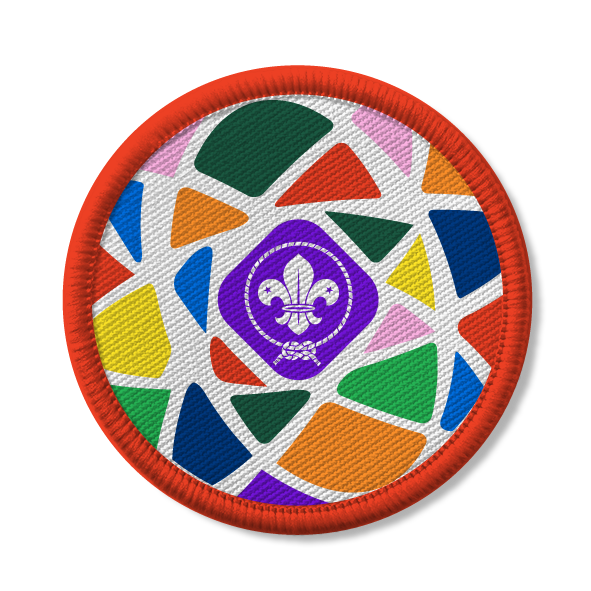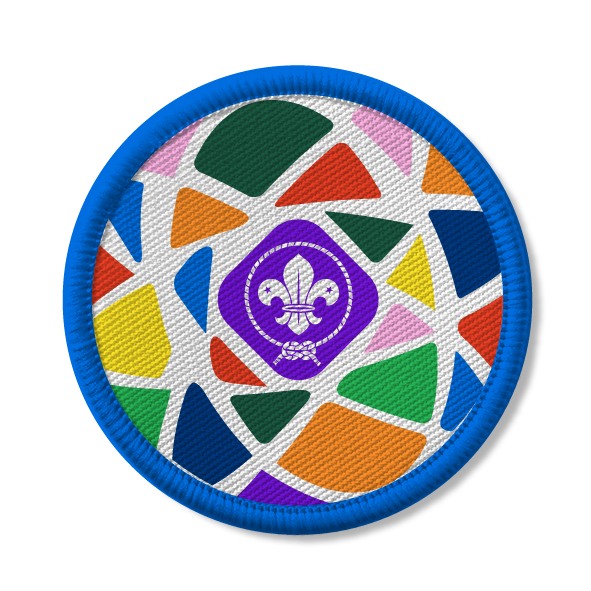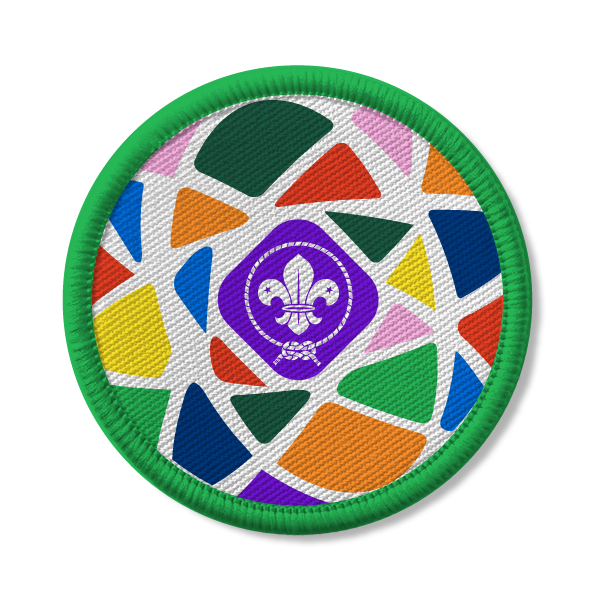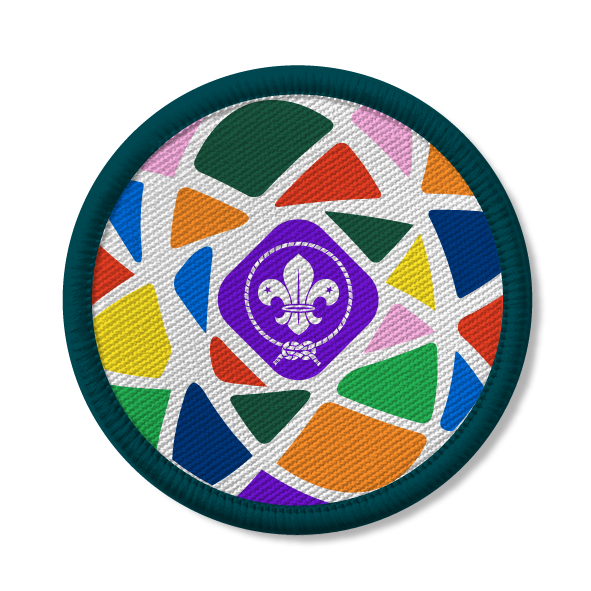
Make an apple bird feeder
You’ll need
- Chopping boards
- Knives
- Bowls
- Spoons
- String
- Apples
- Peanut Butter
- Bird Seed
Before you begin
- Use the safety checklist to help you plan and risk assess your activity. Additional help to carry out your risk assessment, including examples.
- Make sure all young people and adults involved in the activity know how to take part safely.
- Make sure you’ll have enough adult helpers. You may need some parents and carers to help if you’re short on helpers.
Setting up this activity
- Remember to check for allergies or dietary requirements and adjust the recipe as needed, especially for peanut butter. You may need to check anyone at home isn’t allergic too if young people are taking them home. You could use an alternative to peanut butter if someone’s allergic, such as lard, and oranges instead of apples if needed.
- You may want to hollow out the apples before the session to help save time, if needed.
Start the activity
- Gather everyone together in a circle and tell everyone that you’re making a bird feeder from an apple.
- Everyone should take an apple and wash it.
- Carefully, cut off one third of the apple from one side.
- Using a spoon, hollow out the larger part of the apple.
- In a bowl, mix half a cup of peanut butter with a cup of bird seed.
- Pack the hollowed apple full using the peanut butter and seed mix.
- Tie your string around the stem of the apple.
- Hang the apples in a suitable place.
- If people are taking them home, you could place them on kitchen roll or in a paper bowl.
Reflection
This activity helped us to make something for wildlife. Why’s it important for us to help these animals out? What other things could we do?
Nature’s all around us and even the most adaptable animals might struggle during particularly harsh winters. Who else might benefit from our bird feeders? We might spot some Squirrels trying to feed on them too.
Why do you think it’s good to use an apple? It means all parts of the bird feeder can be used, with no waste left behind. A bird may even use the string for a nest!
Safety
All activities must be safely managed. You must complete a thorough risk assessment and take appropriate steps to reduce risk. Use the safety checklist to help you plan and risk assess your activity. Always get approval for the activity, and have suitable supervision and an InTouch process.
- Sharp objects
Teach young people how to use sharp objects safely. Supervise them appropriately throughout. Store all sharp objects securely, out of the reach of young people.
- Food
Remember to check for allergies, eating problems, fasting or dietary requirements and adjust the recipe as needed. Make sure you’ve suitable areas for storing and preparing food and avoid cross contamination of different foods. Take a look at our guidance on food safety and hygiene.
- If anyone needs help or struggles with fine motor skills, such as tying the string, give them the opportunity to work in pairs, with a young leader or an adult volunteer. Alternatively, swap out the items for something easier to handle.
- Remember to check for allergies or dietary requirements and adjust the recipe as needed, especially for peanut butter.
- You could have pre-cut and pre-hollowed apples available for anyone who may need it.
All Scout activities should be inclusive and accessible.
You could help other wildlife in your local area by building them habitats and homes.





